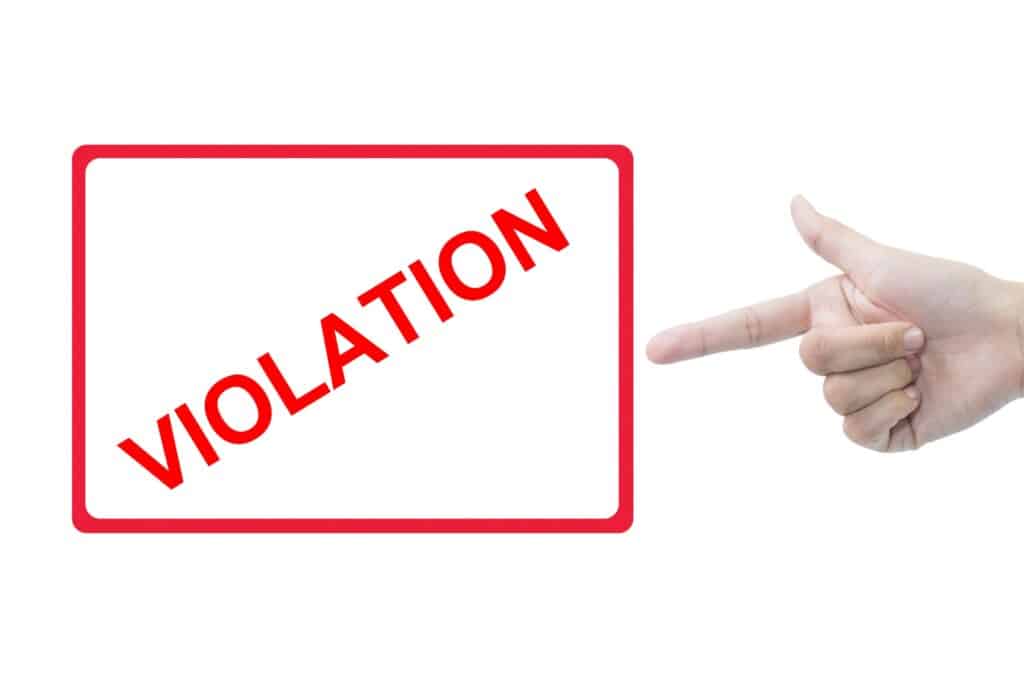The Price of Non-Compliance: The $1.5M Average Penalty for Healthcare Regulatory Violations

Compliance with regulatory requirements is critical to healthcare industry operations. Failing to adhere to applicable regulations risks patient data and carries significant financial consequences. In this blog post, we will explore the importance of compliance in healthcare, discuss the financial impact of regulatory violations, and highlight the average HIPAA penalty, which has reached a staggering $1.5 million. Understanding the cost of non-compliance is a powerful motivator for healthcare organizations to prioritize regulatory adherence and mitigate potential risks.
The Significance of Compliance in Healthcare:
Compliance with regulations, such as HIPAA, ensures the protection of patient data, upholds ethical standards, and promotes the delivery of safe and high-quality healthcare services. By adhering to regulatory requirements, healthcare organizations demonstrate their commitment to patient privacy, data security, and compliance with industry standards. Failure to comply jeopardizes patient trust and exposes organizations to legal liabilities, reputational damage, and financial penalties.
The Financial Impact of Regulatory Violations:
Regulatory violations in the healthcare industry can have substantial financial consequences. Government agencies impose penalties and fines to hold non-compliant organizations accountable and encourage adherence to regulations. For instance, the average penalty for HIPAA violations has reached a staggering $1.5 million, making it crucial for healthcare organizations to invest in compliance efforts to avoid crippling financial setbacks.
Factors Influencing Financial Penalties:
Several factors influence the severity of financial penalties for non-compliance. These include the nature and extent of the violation, the number of affected individuals, the organization’s level of negligence, and its compliance history. Regulatory bodies consider these factors when determining penalties, and repeat offenders, or those demonstrating willful neglect may face more substantial fines.
Mitigating the Risk of Non-Compliance:
Healthcare organizations must establish robust compliance programs to mitigate non-compliance risk. It includes implementing policies and procedures that align with regulatory requirements, conducting regular internal audits and assessments, providing comprehensive staff training, and adopting secure technology solutions for data protection. Taking proactive measures to ensure compliance reduces the likelihood of violations and minimizes potential financial repercussions.
The Role of Compliance Technology:
Compliance technology solutions are vital in helping healthcare organizations navigate complex regulatory landscapes. These tools automate compliance processes, streamline documentation, monitor activities for potential violations, and provide alerts and reminders for compliance-related tasks. By leveraging technology, healthcare organizations can enhance their ability to achieve and maintain compliance, reducing the risk of financial penalties.
Conclusion:
The financial impact of non-compliance in the healthcare industry is significant, with regulatory violations carrying substantial penalties. Healthcare organizations can prioritize compliance efforts, mitigate risks, and protect patient data by understanding the cost of non-compliance and the average HIPAA penalty. Investing in compliance programs, technology solutions, and staff training is essential to avoid financial setbacks and maintain the trust of patients and regulatory bodies.
Reference:
https://ocrportal.hhs.gov/ocr/breach/breach_report.jsf


